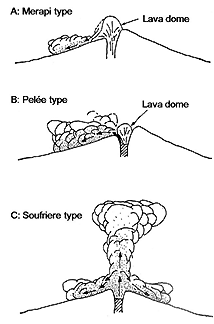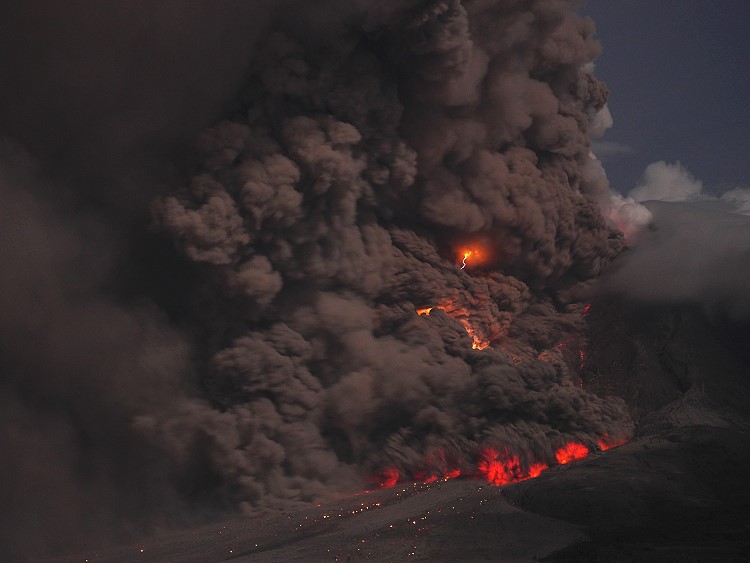

In Herculaneum and the nearby site of Oplontis, something more disturbing took place. Based on how bones were damaged and various metals melted, Petrone and his colleagues figure that many of the people died suddenly of extreme thermal shock upon experiencing a pyroclastic surge no hotter than 572☏. ( See horses found in Pompeii that were likely harnessed to try and flee the eruption.)Īrchaeologists have found that the bodies of the victims here remained largely intact. The city was then hit by a particularly gassy pyroclastic surge, which was responsible for the greatest number of fatalities. Seated six miles away from the volcano, Pompeii was initially hit by falling volcanic debris, causing houses to collapse and suffocate those inside. Importantly, what heat did to people’s bodies differed between those in Pompeii and those in Herculaneum. Instead, Petrone argued that it was the heat itself that killed most people, affording them a quick and painless demise.

Several papers he contributed to, including a 2001 study in Nature and another in PLOS ONE in 2010, provided evidence suggesting that ash and gases were not the primary causes of death in the region, as other studies had concluded. Pier Paolo Petrone, a paleobiologist at the Federico II University Hospital in Naples, has spent decades researching the victims of the A.D. The extremely high temperatures can also immediately flash-fry a person to death. Flying debris can hit and slaughter people, and inhaling too much ash or breathing in volcanic gas can cause asphyxiation. Pyroclastic surges are much the same but have proportionally more gas.īoth flows and surges emerged from Vesuvius during that fateful eruption, and both could have killed people in a range of horrific ways. They can be as hot as 1300☏ and move at speeds of 50 miles an hour. Pyroclastic flows are gravity-driven mixtures of ash, lava blobs, and noxious gases. Photograph by Emory Kristof, Nat Geo Image Collection Death in ancient paradise For more than a century, a percentage of proceeds from National Geographic subscriptions has helped fund exploration around the world. Robert Ballard found the RMS Titanic in 1985 with the help of imaging technologies designed by the National Geographic Society. Elżbieta Jaskulska, an osteoarcheologist at the University of Warsaw who wasn’t involved in the work, argues that the study’s claim “goes against everything I know about heat damage to the human body and skeletal remains.”ĭr. That notion is now supported by evidence presented in a PLOS ONE study published in September.īut the theory is not without its dissenters. The researchers’ long-standing hypothesis has been that extreme heat was the predominant killer, causing the fluids in victims’ brains and soft tissues to quickly boil into oblivion. (Also find out what really happened to a headless Pompeii victim who made headlines in June.)Ī team of Italian specialists recently revisited some of the most gruesome deaths in Herculaneum, in which people’s skulls had seemingly exploded. Perhaps surprisingly, however, there is still considerable controversy about how most of its victims died. After heavy ash caused fatal building collapses in Pompeii, violent pyroclastic currents rocketed downslope and smothered the city, the nearby port town of Herculaneum, and several other sites.Īcademics don’t debate the volcanic fury on display that day almost 2,000 years ago. 79 eruption of Mount Vesuvius obliterated the surrounding landscape as well as residents of the Roman metropolises that stood in the volcano’s shadow.


 0 kommentar(er)
0 kommentar(er)
